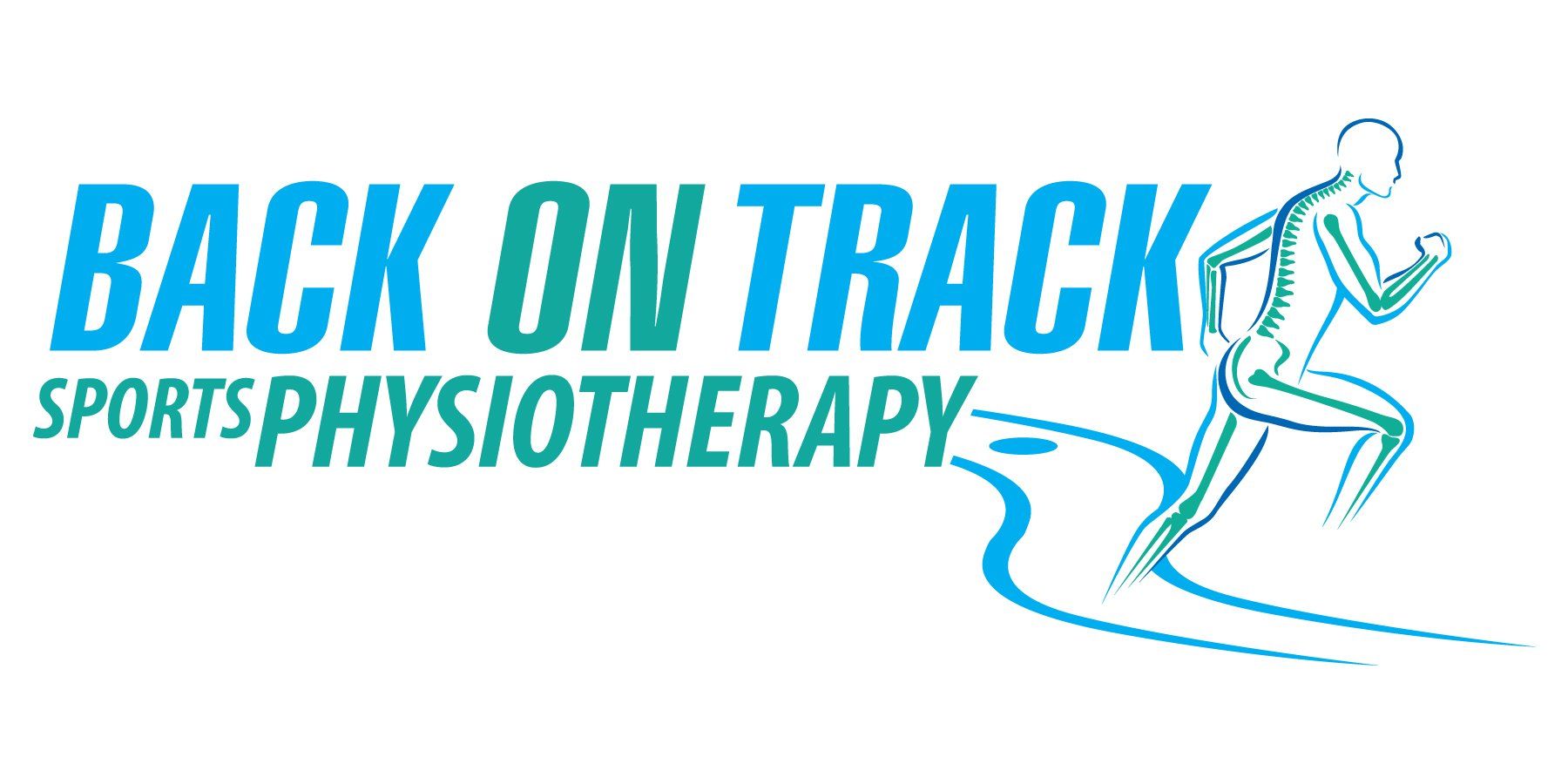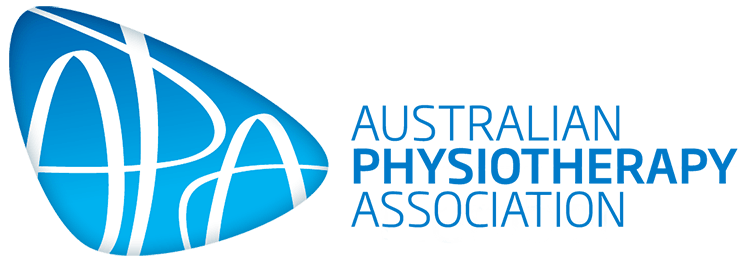Sports Physiotherapy at Back on Track
At our clinic, we pride ourselves on employing physiotherapists who work closely with you to comprehend your physical injuries, aiding you in regaining function pain-free, and enabling you to stay active, healthy, and content. Specializing in acute injuries across various sports, including tennis, football (all codes), netball, basketball, and martial arts, we recognize the significance of accurate diagnosis and timely treatment in expediting the healing process, alleviating pain, and restoring neuromuscular function promptly.
Our comprehensive acute sports injury services include:
- Sports taping
- Advanced manual therapy (joint & soft tissue)
- Clinical Neurodynamics Mobilization
- Dry needling
- Radial Shock Wave Therapy
- Patient education and management plans
- Gait & Running re-education
- Sports-specific retraining and drills
We offer a variety of services in Glen Iris, Carnegie & Chadstone
We prioritize understanding our patients and their injuries thoroughly, taking the time to develop comprehensive, long-term treatment plans aimed at resolving underlying issues.
Our expertise extends to managing a wide array of sports injuries, including but not limited to:
- Lower back injuries
- ACL Rehab
- Shoulder injuries
- Plantar Fasciopathy/Fasciitis
- Achilles Tendinopathy/Tendinitis
- Tennis and golf elbow
- Hand and wrist injuries
- Hip and Gluteal pain
- Quad strain
- Hamstring strain
- Patellofemoral pain Syndrome
- Calf strain
- Knee injuries
- Sprained ankle
- Shin splint
- Foot injuries
- Exercise and breast support
Trust us to guide you through your recovery journey and help you regain peak performance.
Sports Physiotherapy Services
- Advanced joint treatments
- Spinal manipulation
- Neurodynamic mobilization
- Soft tissue massage
- Shock Wave Therapy
- Dry needling
- Personalized exercise prescription and strengthening programs
- Biomechanical assessments of techniques
- Gait and running analysis
- Musculoskeletal screening
- Strapping/Kinesio tape application
- Postural correction strategies
- Clinical and mat Pilates sessions
- Education on effective training regimes

Acute Sports Injury Management & Treatment
- Protect
The principal of "Protect" emphasises the importance of avoiding further tissue damage, but this doesn’t infer indefinite immobilization. Apply supportive & protective sports tape (must be removed gently after 48 hours) and cushioning, if suitable. Crutches or braces can also be used, if suitable.
- Optimal Loading
Optimal loading will stimulate the healing process because bones, tendons, ligaments and muscles all require some loading to facilitate the healing process. By way of an example in the case of an ankle sprain, activation of the calf muscles helps to move swelling up the body against gravity. Whereas complete rest would prevent this process. In some injuries loading may not be necessary i.e. severe fractures that need surgery.
Also, be sure to rest the injured area from aggravating movements in order to reduce further tissue damage, bleeding and inflammation.
- Ice
Place crushed ice wrapped in a wet towel (or plastic bag) and apply to the injury for 15-20 min followed by 2 hours off, for the first 48 hours (repeat this up to 4-5 times a day after the injury). Do not place the ice pack directly on the skin. Please take extra care with children, the elderly and people with a high sensitivity to the cold.
- Compression
Arms and legs may be firmly wrapped (not too tightly) in order to control swelling but not during sleep. You can wear compression garments or arm sleeve.
- Elevation
Arms and legs may be elevated >45 degrees to drain swelling towards the heart: do this for 10min every two hours.
Recovery, Nutrition & Psychology
Recovery
Ongoing good nutrition and recovery are key to high performance.
Before training: eat and drink, keep well-hydrated, monitor your weight with minimal clothing, and make sure you warm up properly.
For the first 5-10 minutes after training: cool down with light aerobic exercise, eat a high protein snack, stretch and hydrate!
10-20 minutes after training: continue to hydrate and self-massage.
Within two hours after training: eat food and continue to hydrate.
That evening: have a warm shower, continue to hydrate and use relaxation techniques.
Next day: check urine colour, eat healthy foods and do a pool recovery session.
Nutrition
When playing sports you can sustain an injury. We
provide you with basic nutritional advice and if necessary we refer you to a sports dietitian.
Psychology
Poor recovery can contribute to stress, staleness, burnout and injuries.
Athletes must recuperate through a variety of recovery strategies and they should be diligent about applying them regularly.
Recovery strategies include regeneration, physiological and behavioural strategies and some coping responses.
Increased physical, mental and emotional demands and stressors on the athlete require greater recovery.
The psychological gains from good recovery practices include: increased motivation, a stronger sense of wellbeing and the reduction of training and life stress.

Conditions We Treat
Back Pain & Injury
Neck Pain & Injury
Headaches & Migraine
Lower Limb Pain
Plantar Fasciitis
Hip pain
Pregnancy Related Pain
Shoulder Pain & Injury
Wrist & Hand Pain
New Title
Pelvic pain
Post-surgery rehabilitation
Sports injuries
Joint pains
Spinal stenosis
Foot and ankle pain
Muscle strains and sprains
Disc conditions
Sciatica
Postural pain
Contact Us
Phone: (03) 9813 8852
Email: info@backontracksportsphysiotherapy.com.au
Address: 19-21 High Street, Glen Iris
Local Physio Servicing Glen Iris, Malvern, Malvern East, Ashburton, Hawthorn East, Camberwell, Toorak, Burwood, Canterbury, Surrey Hills, Armadale, Carnegie, Caulfield, Chadstone, Kooyong and South Yarra.

